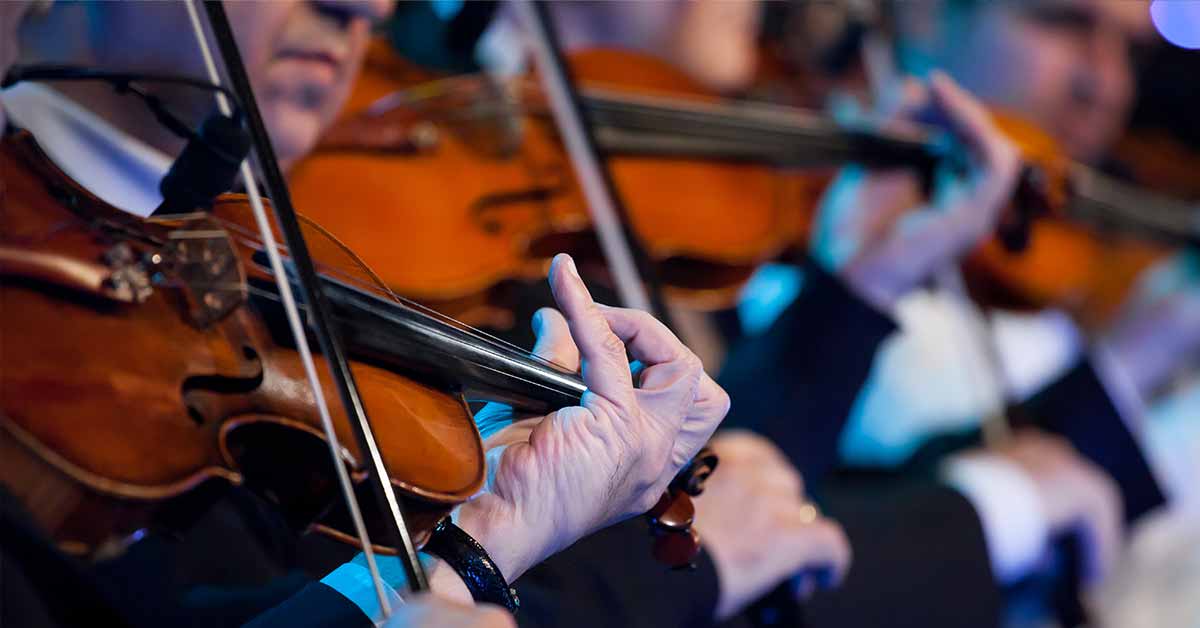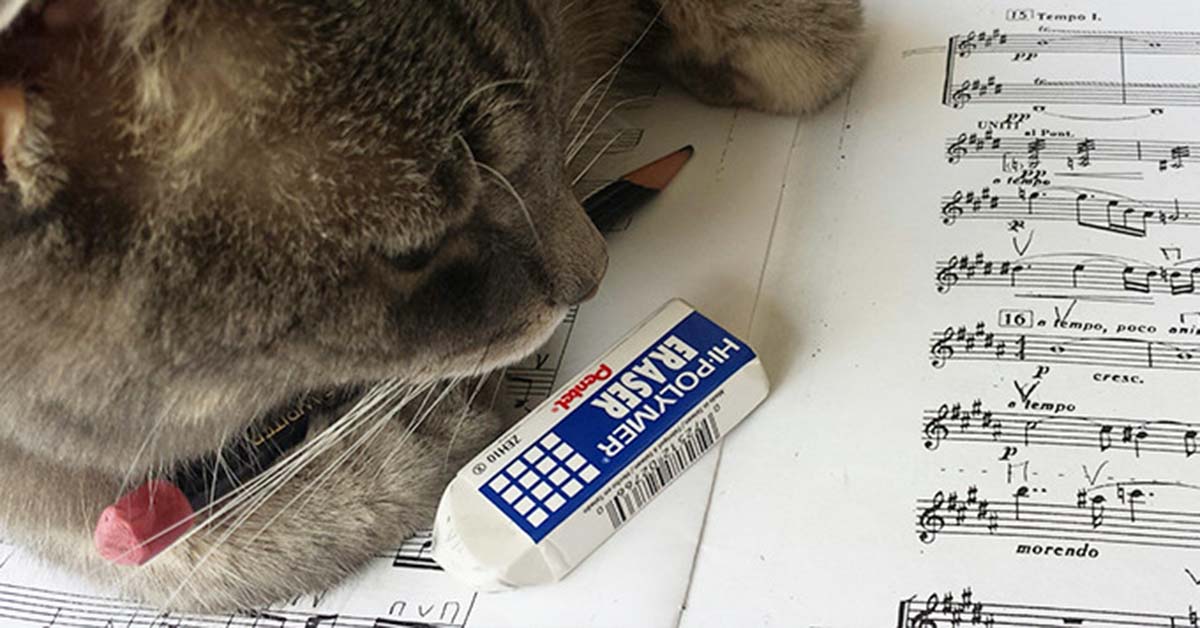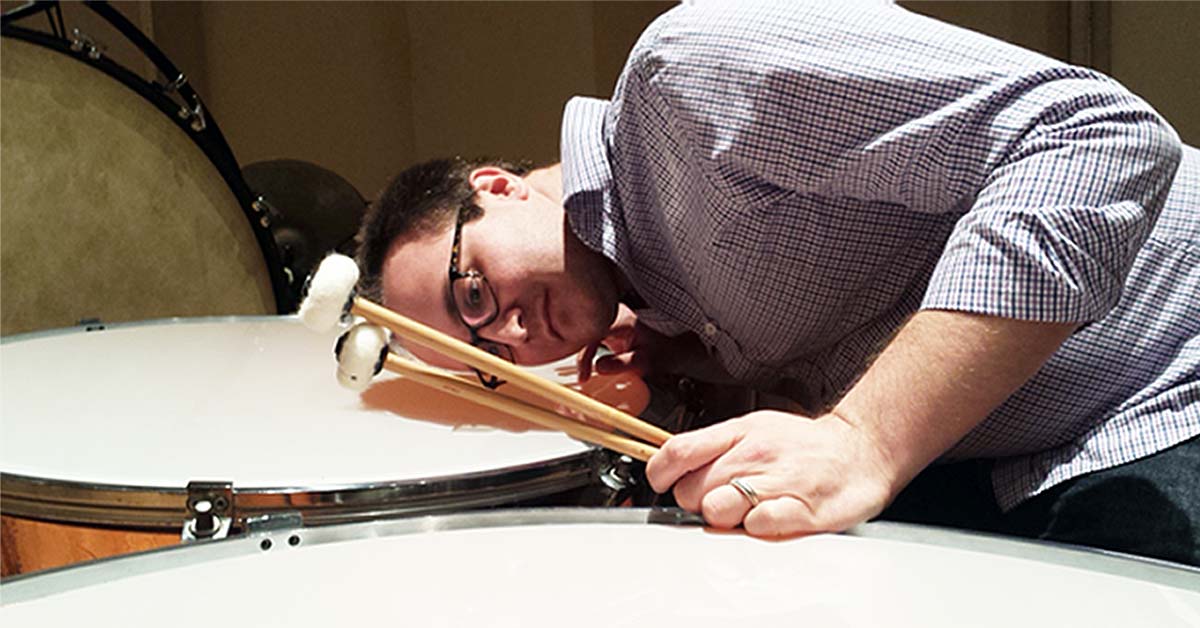The final installment will examine the remaining question regarding whether or not the Fundacion del Estado para el Sistema Nacional de las Orquestras Juveniles e Infantiles (Foundation of the State for the National System of the Orchestras Youth and Children) program, commonly referred to FESNOJIV, could be successful if implemented outside of Venezuela.
This final question is of particular interest to Boston’s New England Conservatory, who helped sponsor their Youth Philharmonic Orchestra tour through Venezuela and Brazil. At the conclusion of Part 3, the small ensembles of the Sinfonica de la Juventud Venezolana Simon Bolivar (one of FESNOJIV’s top ensembles) completed their performances and the full orchestra was getting ready to take the stage.
Here’s where a listener could really get the sense that the FESNOJIV program was tapping into something unique in the world of classical music; even though they performed mostly standard repertoire, the performance had the same amount of energy and spark the smaller ensembles displayed with their original works. If nothing else, that simply goes to show that the path for classical music’s future doesn’t lie strictly with past repertoire or strictly with new compositions. Instead, it has everything to do with successfully mixing the two and performing both with the same amount of vigor and energy.
The concert started off with their only original piece, a brief fanfare written by the ensemble’s principal conductor which he composed especially for the arrival of the NECYPO students. After that, the ensemble performed Prokofiev’s 5th Symphony and although I had heard the same piece live twice that season already (and seemingly countless times before that) it still sounded like a new work of music. They even managed to accomplish this in spite of their apparently unconscious guest conductor (who I won’t even bother to mention although I’ll say he was neither Venezuelan, American, nor European).
I was trying to figure out exactly why I enjoyed that particular performance so much and then it hit me. It wasn’t just how the Venezuelan students played it; rather, it had just as much to do with how they projected themselves when performing that made the difference.
After that, the ensemble really came to life as one of their “older” stars (he could only be in his twenties at best), Dietrich Paredes, came out to lead the ensemble in a performance of Bernstein’s Mambo. I have to say that this was most likely the single most exciting performance of Mambo I’ve ever witnessed. On my way back to the U.S. I was trying to figure out exactly why I enjoyed that particular performance so much and then it hit me. It wasn’t just how the Venezuelan students played it; rather, it had just as much to do with how they projected themselves when performing that made the difference. These Venezuelan musicians weren’t dressed in traditional concert dress (they actually included some color in their concert attire, imagine that!) and they moved on stage while they played as if they were actually a part of the Mambo tune.
The last time I remember seeing this piece live was a few years ago by one of the bigger Mid-Atlantic orchestras. Although the conductor hopped around on the podium a bit and the orchestra performed with the same level of precision and power that I would expect from an ensemble of their professional stature, they were still mostly a bunch of middle aged white people trying to play some hip music. I’m not saying I would want them to perform the way the Venezuelan students did, quite the contrary. However, the Venezuelan musicians were just as much of a draw as Bernstein’s music, and I would readily go back and buy another ticket for future performances just to see how they would interpret additional repertoire.
After that concert, the house was cleared and the stage set for the joint performance between the FESNOJIV ensemble and the NECYPO. Although the NECYPO students were on average younger than their Venezuelan counterparts, they were a very accomplished youth ensemble. My first encounter with the NECYPO was the previous day when I caught a portion of one of their rehearsals. They were already playing when I walked into the rear of the hall and that’s where I caught my first sound of their ability.
One of the disadvantages of being a conservatory trained musician is the difficulty involved with “turning off” a critical ear. As such I immediately classify what I hear into a few typical categories; student level, amateur, and professional. When I heard my first sounds of the NECYPO I instinctively grouped them into the lower end of a professional ensemble. They were rehearsing a section of Don Quixote and it sounded every bit as good as any of the lower budget “Freeway Philharmonic” ensembles which dot the U.S. eastern seaboard.
Having this benchmark to work from I was expecting the joint performance to be something really enjoyable, and fortunately the combined ensembles didn’t disappoint. It wasn’t until about half way through the program when the toll of long nights, too many hours of travel, and exposure to the warm climate did some of the individual student players begin to show signs of slipping. Additionally, it was apparent that many of the younger players were not thrilled with performing the orchestra parts to the Ravel Piano Concerto in G Minor (given the way the solo was performed, I don’t blame them either). Nevertheless, if they decide to move on to become professionals, they’ll learn the skill of always bringing your technical “A” game regardless of how much you like or dislike what you’re playing.
The concert concluded with a signing ceremony officially announcing a “Friendship Agreement” between the Inter-American Center for Social Action through Music (an extension of FESNOJIV) and the New England Conservatory. The agreement states that both institutions,
“…intend to work together in a variety of ways that both institutions deem financially and otherwise feasible and of benefit to their students, faculty, staff, and general advancement.”
The document was signed by FESNOJIV Founding Director José Antonio Abreu and NEC President Daniel Steiner (with NEC Dean of Preparatory and Continuing Education Mark Churchill, representing NEC at the ceremony). Although those introductory words to the agreement paint an ambiguous picture for future plans, an excerpt form the official agreement states,
“Both institutions believe that music and other arts can serve as a unifying force in the Americas, creating models of partnership and cooperation that can inspire government and other segments of society.”
In Venezuela, FESNOJIV has proved that point beyond much argument. In the U.S. however, that’s a different story. The cultural consciousness of the U.S. is anything but moved by the art it consumes in a way that is comparable to how the Venezuelans have been impacted by the FESNOJIV program. Furthermore, to say the U.S. Federal Government is inspired by music and art would be a stretch. I would say local and community governments have much more direct impact from the production of music and art in their respective communities.
If there’s going to be any sort of successful transplant of the FESNOJIV spirit to the U.S. it’s likely to develop in that aspect; locally. NEC’s decision to commit to the beginning stages of a relationship with FESNOJIV is a very good indication that the traditional segment of American classical music is willing to look for answers from the outside.
An educational exchange program will undoubtedly result in more inspiration among existing and future classical music professionals here in the U.S. However, if there’s going to be any level of impact here comparable to what Venezuela has enjoyed through FESNOJIV then those looking to work with the program are going to need to find a replacement for one of the fundamental aspects of FESNOJIV’s success; poverty.
There’s no doubt that FESNOJIV’s accomplishments have been fueled by the deplorable state of poverty many in Venezuela are subjected to. Of course, what’s special about FESNOJIV is it has evolved into being so much more than just a successful social program. I know that the FESNOJIV administrators I spoke with are all very concerned to see their impact on the poverty level continues to show such good progress. Nevertheless, I don’t know if they realize what I saw as the more impressive part of their program: its ability to breathe life into the declining spirit of classical music (it’s remarkable to see how this program which improves the corporeal life of individuals has the same effect on the intangible spirit of art).
Naturally, it will be difficult to find that creative kindling in the U.S. which served Venezuela so well, but it won’t be impossible. The largest challenge will be locating where that spark will come from and how NEC will go about finding it.
Benjamin Zander, the passionate NECYPO music director described the challenges ahead this way,
“This new relationship [between NEC and FESNOJIV] is like a fiery love affair; we’ve just had the incredible sex part and we know we both love each other. But now we need to find out how to make it work and, as any two people who love each other deeply will do, we’ll find that way.”
Spoken like a true artist, Ben’s words demonstrate the level of commitment NEC and FESNOJIV have to finding solutions to their mutual challenges which lay head. The wiser leaders among the U.S. classical music establishments will be keeping their eyes on what’s going on in Venezuela while simultaneously trying to figure out how they can tap into FESNOJIV’s extraordinary energy.










